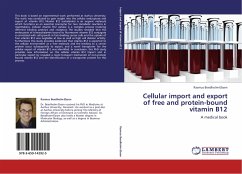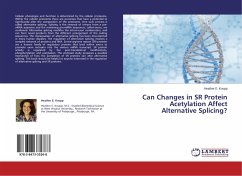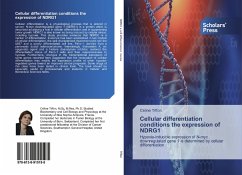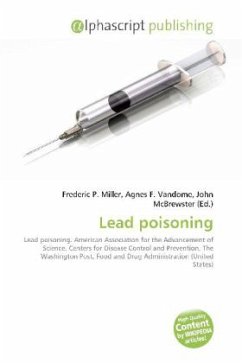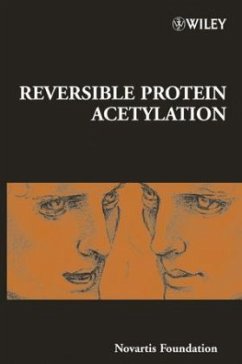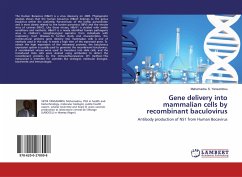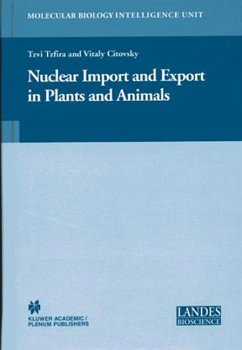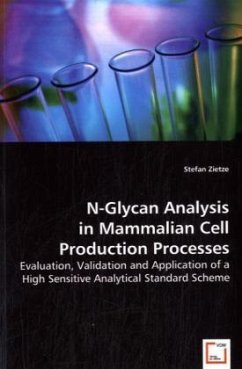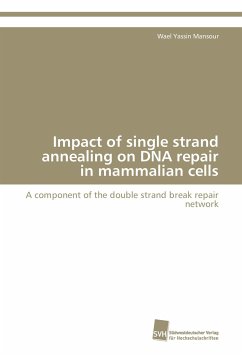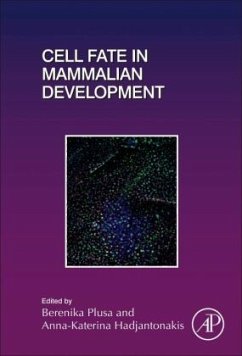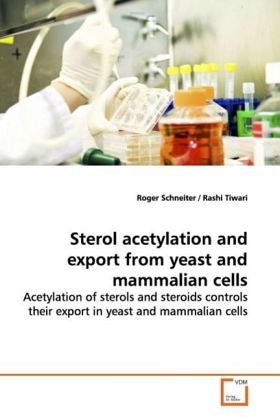
Sterol acetylation and export from yeast and mammalian cells
Acetylation of sterols and steroids controls their export in yeast and mammalian cells
Versandkostenfrei!
Versandfertig in 6-10 Tagen
32,99 €
inkl. MwSt.

PAYBACK Punkte
16 °P sammeln!
Sterol homeostasis in eukaryotic cells relies on thereciprocal interconversion of free sterols and sterylesters. Excess free sterols are esterified to sterylesters, the storage form of sterols, byacyltransferases. Upon cellular demand, steryl estersare hydrolyzed to free sterols and fatty acids bythree sterol ester hydrolases. We have identified anovel sterol modification in yeast, thesterol acetylation/deacetylation cycle. Sterolacetylation requires the acetyltransferase, ATF2,whereas deacetylation requires a membrane-anchoreddeacetylase, SAY1. Lack of SAY1 results in thesecretion of acetylat...
Sterol homeostasis in eukaryotic cells relies on the
reciprocal interconversion of free sterols and steryl
esters. Excess free sterols are esterified to steryl
esters, the storage form of sterols, by
acyltransferases. Upon cellular demand, steryl esters
are hydrolyzed to free sterols and fatty acids by
three sterol ester hydrolases. We have identified a
novel sterol modification in yeast, the
sterol acetylation/deacetylation cycle. Sterol
acetylation requires the acetyltransferase, ATF2,
whereas deacetylation requires a membrane-anchored
deacetylase, SAY1. Lack of SAY1 results in the
secretion of acetylated sterols into the culture
medium. Acetylation and export of
the steroid hormone precursor pregnenolone depends on
its acetylation by ATF2, but is independent of
SAY1-mediated deacetylation, indicating that the
substrate specificity of the deacetylase determines
whether acetylated sterols and steroids are secreted
from the cells or whether they are deacetylated and
retained. Human AADAC (aryl acetamide deacetylase)
complements Say1 activity and is thus a functional
homologue of SAY1. These findings indicate that at
least a part of this pathway is evolutionarily
conserved.
reciprocal interconversion of free sterols and steryl
esters. Excess free sterols are esterified to steryl
esters, the storage form of sterols, by
acyltransferases. Upon cellular demand, steryl esters
are hydrolyzed to free sterols and fatty acids by
three sterol ester hydrolases. We have identified a
novel sterol modification in yeast, the
sterol acetylation/deacetylation cycle. Sterol
acetylation requires the acetyltransferase, ATF2,
whereas deacetylation requires a membrane-anchored
deacetylase, SAY1. Lack of SAY1 results in the
secretion of acetylated sterols into the culture
medium. Acetylation and export of
the steroid hormone precursor pregnenolone depends on
its acetylation by ATF2, but is independent of
SAY1-mediated deacetylation, indicating that the
substrate specificity of the deacetylase determines
whether acetylated sterols and steroids are secreted
from the cells or whether they are deacetylated and
retained. Human AADAC (aryl acetamide deacetylase)
complements Say1 activity and is thus a functional
homologue of SAY1. These findings indicate that at
least a part of this pathway is evolutionarily
conserved.



